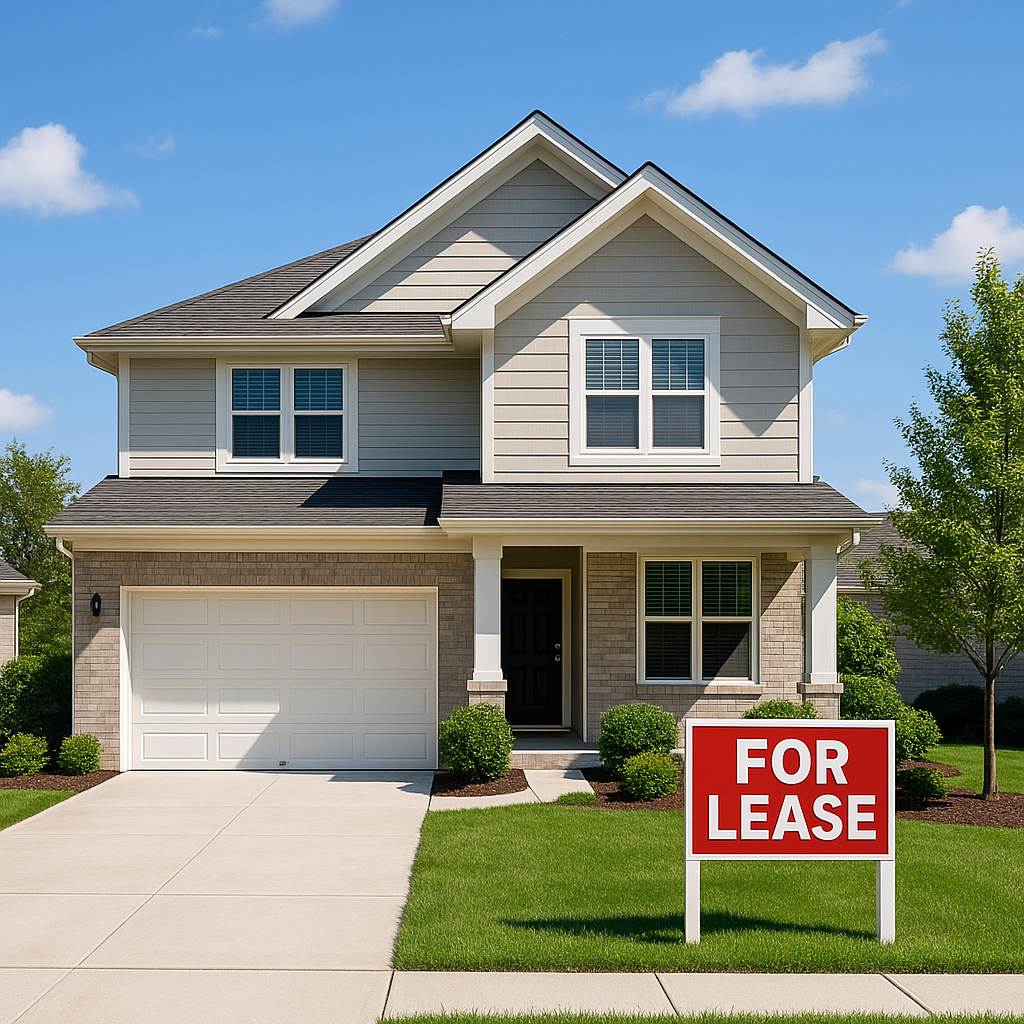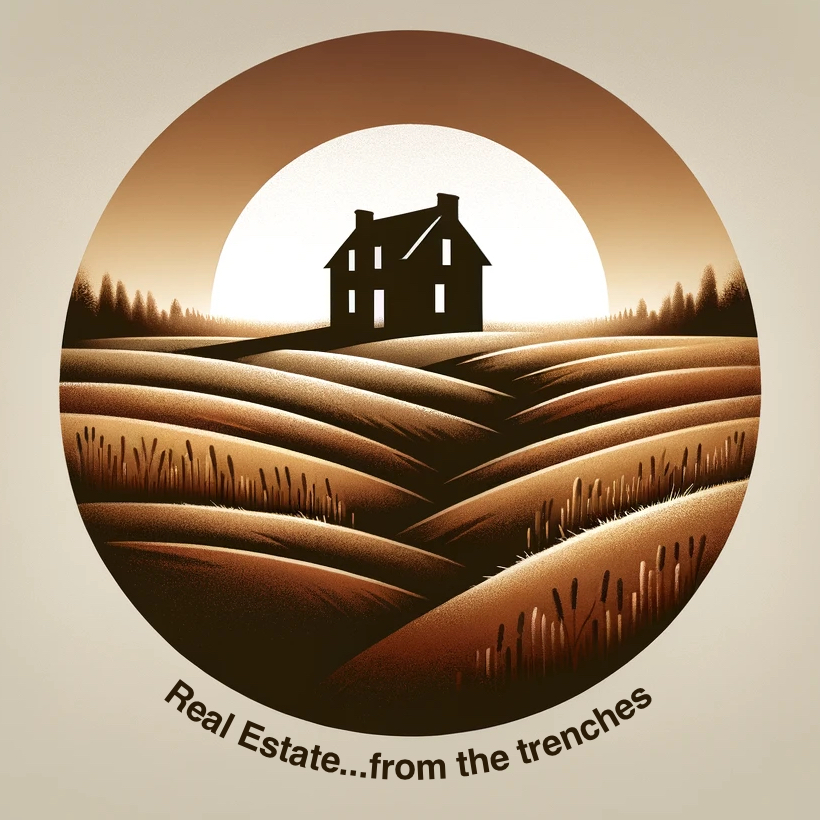
After a stretch of white-hot growth, the single-family rental (SFR) market seems to have settled into a more balanced—but still very active—phase. Arbor’s Q2 2025 Single-Family Rental Investment Trends Report (see complete report below) paints a picture of a sector adapting to higher interest rates, tenant turnover challenges, and a still-constrained for-sale housing market, but doing so with impressive resilience.
While overall rent growth has slowed from the post-pandemic highs, it continues to outpace inflation. Through March 2025, national SFR rents were up 4.1% year-over-year, just a hair below the 2016-2019 average of 4.4%, according to Zillow’s Observed Rent Index. Some metros are outperforming the national average by a wide margin—Indianapolis led the pack with 6.3% annual rent growth, followed closely by St. Louis (6.1%) and Kansas City (5.7%).
Meanwhile, investors remain active. In 2024, SFR CMBS issuance totaled $7.8 billion, nearly doubling from the year before. Even in the normally quiet first quarter of 2025, issuance hit $1.8 billion, putting the market on track for another strong year. Debt yields climbed to 10.8% in Q1 2025, the highest level in several years, while SFR cap rates ticked up to 6.8%.
Occupancy rates have softened a bit, falling to 93.7% in Q1 2025 from a recent high of 95.3%. Retention rates have also fluctuated. After dropping to 79.2% in mid-2024, lease renewals are rebounding, with the average climbing back to 84.3% by year-end.
The build-to-rent (BTR) segment continues to be a growth engine. Over the past year, BTR made up 8.4% of all single-family starts, with 84,000 units added to the pipeline. That figure is just slightly off its all-time high of 9.0% reached in mid-2024, but still historically strong.
And perhaps most telling, affordability remains a major driver. The Federal Reserve Bank of Atlanta estimates that the median U.S. household would need to spend 46% of its income to buy a home right now. That helps explain why two-thirds of renters view leasing as a long-term housing solution.
Arbor’s report suggests this sector isn’t cooling off, it’s just evolving. Investors are shifting from aggressive expansion to smarter retention and operational strategy. For those in the business, that’s not a red flag. It’s an inflection point.
